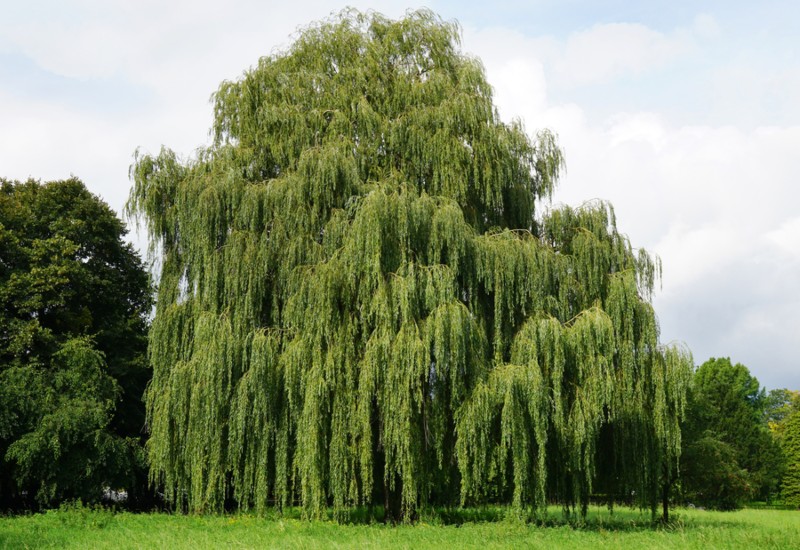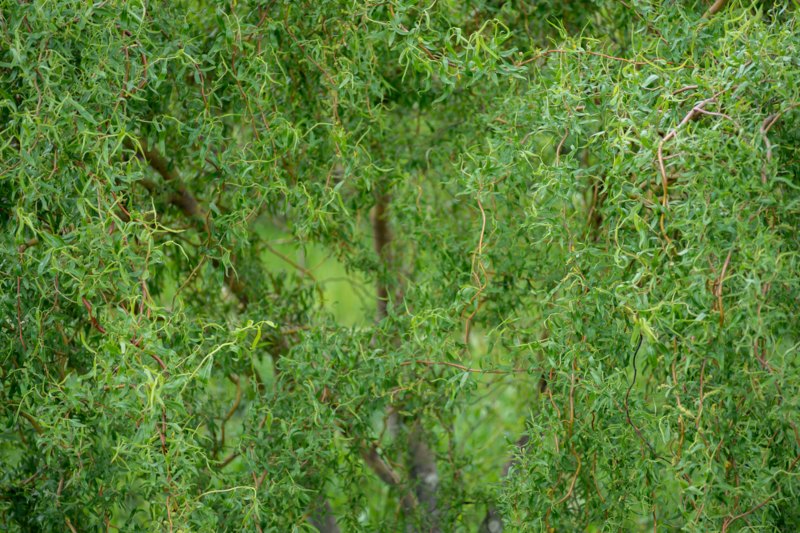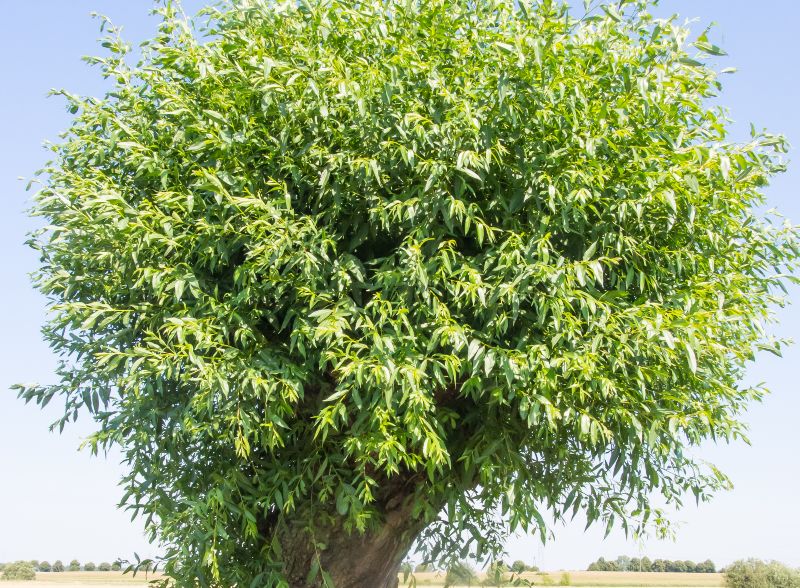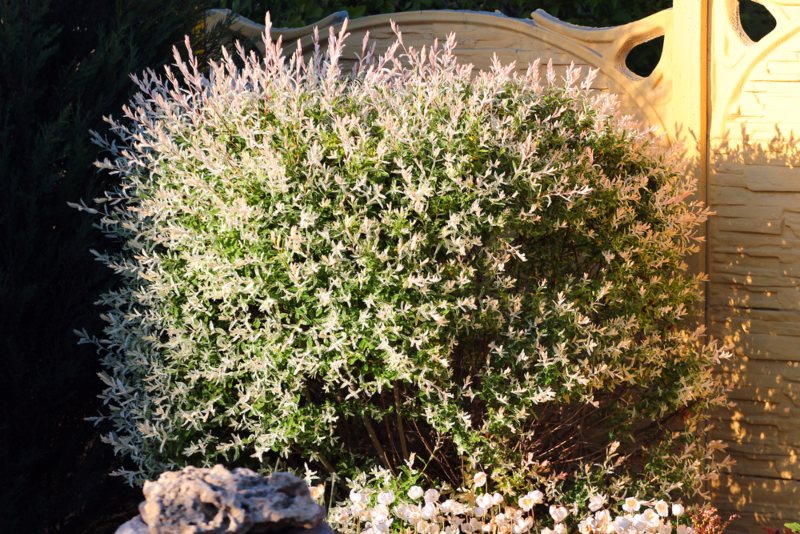
Willows are part of a family of trees that contain about 400 different species. They typically thrive in cooler regions but many are adaptable to more temperate areas. The willow family varies greatly from small ground-bound shrubs to the stately, looming trees many people commonly picture when thinking of a willow tree.
Willows do well in areas that are consistently moist with wet soil. They have hanging branches that drip with green leaves in a variety of rich hoes. They general have brittle tree trunks and branches and are popular with gardeners and landscapers alike. Once the wood is moist it can easily be transitioned to grow in a certain direction. Willows are often found next to or near lakes, streams, ponds, and rivers. They are used in landscaping to create a live border or a statement piece. Here are some of the top willow trees to consider for your varying gardening needs.
Weeping Willow

Also known as a Babylon weeping willow, this is the most commonly thought of willow when picturing a willow tree. It is a large tree that is adorned with a spray of branches that crown it with a slew of green foliage that drips down toward the ground. It varies in height but can have a spread of between 30-50 feet depending on its age and ability to expand. It is known to represent harmony and peace.
Corkscrew Willow (Salix matsudana Tortusa)

This fast-growing willow has stunning yellow fall foliage and is an excellent choice for bright color in spring through winter. The corkscrew willow is often used in rain gardens, gardens near water, or used as a privacy screen. It grows in full sun to partial shade and is exceptionally adaptable as far as soil type. It will typically have a spread between 15-30 feet of elegant blooms and grows best in zones 4-8.
Goat Willow (Salix caprea)

Commonly confused with the pussy willow, this large shrub or small tree has sprays of puffy catskins. It grows best in boggy or highly moist areas and grows best in zones 5-8.
White Willow
Also known as Salix alba, this moderately sized willow tree has a greyish park with foliage that appears a greyish-green. It is often seen near stagnant bodies of water like a lake or a pond. While it grows fast, it is susceptible to several issues, giving it a relatively short lifespan. It grows well in zones 3-8 and doesn’t require much care.
Purple Osier Willow (Salix purpurea)

Among the group of smaller willows is the purple osier willow tree. This shrub is aptly named for its lovely shade of deep purple stems adorned with leaves that come in hues of deep greens and blues. It grows less than 10 feet in height and requires little maintenance, only needing to be cut back every 3-5 years. It will grow best in full sunlight, but can still handle a minimal amount of shade. It is hearty in growing zones 4-9 and typically grows anywhere from 8-15 feet.
Peach-Leaf Willow
This medium tree prefers to grow directly next to streams and lakes. It is an attractor to many types of wildlife and insects. The Peach-leaf willow has yellowish-green foliage that grows outward in sprays that only need to be cut once every few years.
Dappled Willow

This unique willow has foliage that transitions from a delicate pink to a white-ish green shade that changes with the seasons. It is commonly used as a privacy screen or a live fenceline. It grows in zones 4-9 and will typically stand between 8 and 10 feet.
American Pussy Willow (Salix discolor)
This highly unique willow is commonly used in the floral design industry or in landscapes when used in hedging. It can easily be trimmed back to be shaped into a shrub. It grows best in zones 4-8 and has a wide range as far as height, growing from around 2 feet to above 20 feet in height. The American pussy willow grows in full sun to partial sunlight.
Flamingo Willow
This is a highly popular type of willow tree that can be trimmed back to grow as a shrub or a tree. It is named for its blooms that are a light, desert shade of green inflected with shades of white and spring during the spring and summer months. In the winter, the flamingo willow transitions with unique red stems. It grows to between 2-5 feet in height and will grow best in moist soil in areas of full sun to partial shade. It is hardy in growing zones between 5 and 7.




